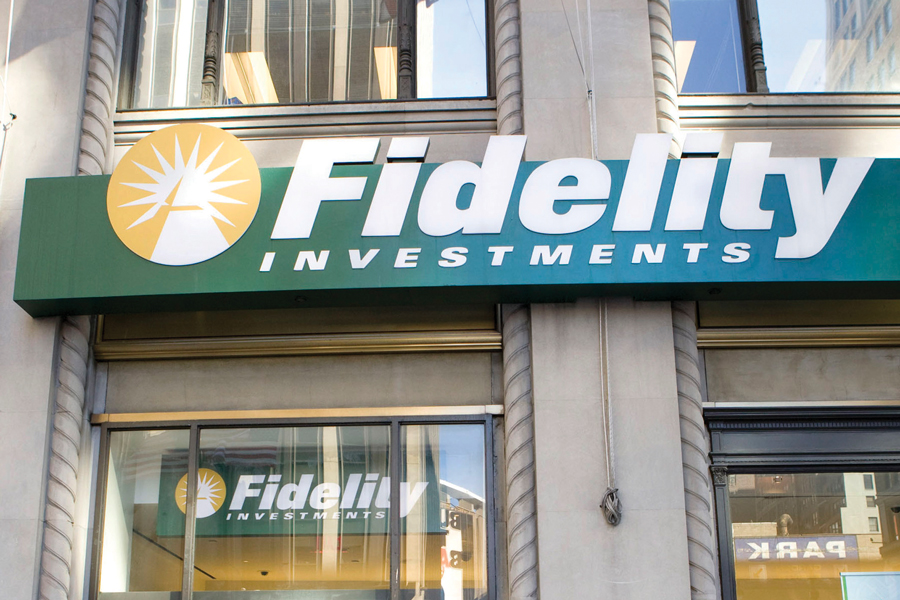

As the list of semitransparent ETFs slowly grows, Fidelity Investments is realizing a tidy side hustle of licensing its technology to asset managers that want a piece of the action.
Fidelity, which along with American Century and Legg Mason has already launched its own semitransparent ETFs, has also signed a second asset manager to a licensing agreement for the technology required to offer these unique new funds.
“Invesco has a history of breaking new ground in the ETF industry, launching the first active transparent ETF in 2008,” Anna Paglia, global head of ETFs and indexed strategies at Invesco, said in a statement. “The use of Fidelity’s active equity model for active non-transparent ETFs is perfectly aligned with the pioneering spirit that has driven our focus on innovation.”
In addition to the Fidelity partnership, Invesco has filed to launch semitransparent ETFs using its own version of technology that will enable these ETFs to trade and price like individual stocks while only disclosing portfolio holdings on a quarterly basis, like a mutual fund.
According to the Invesco statement, utilizing the Fidelity active nontransparent equity model and the proposed Invesco model will allow the company to provide "the benefits of active management in a tax efficient and cost-effective ETF wrapper."
“Fidelity is excited to continue our long-standing relationship with Invesco,” said Greg Friedman, head of ETF management and strategy at Fidelity.
“We believe our active equity methodology will be an asset in creating new investment products for Invesco clients,” he said.
Fidelity launched its three semitransparent ETFs about four weeks ago. Friedman said the inflows so far have been slow but steady, with one fund already attracting more than $20 million.
Unlike existing actively managed ETFs, the semitransparent versions are promoted as protecting portfolio managers from front-runners who might try to mimic strategies or trade in a way that would take advantage of a fund manager’s knowledge and expertise.
Friedman said he expects the funds to initially appeal to individual investors and smaller advisory firms that already rely on ETFs but want to added benefits of active management.
“In the early days it will be those type of investors, but as the funds get bigger and develop longer track records, they will attract larger RIAs and institutional investors,” he said.

Plus, a $400 million Commonwealth team departs to launch an independent family-run RIA in the East Bay area.

The collaboration will focus initially on strategies within collective investment trusts in DC plans, with plans to expand to other retirement-focused private investment solutions.

“I respectfully request that all recruiters for other BDs discontinue their efforts to contact me," writes Thomas Bartholomew.

Wealth tech veteran Aaron Klein speaks out against the "misery" of client meetings, why advisors' communication skills don't always help, and AI's potential to make bad meetings "100 times better."

The proposed $120 million settlement would close the book on a legal challenge alleging the Wall Street banks failed to disclose crucial conflicts of interest to investors.
Orion's Tom Wilson on delivering coordinated, high-touch service in a world where returns alone no longer set you apart.
Barely a decade old, registered index-linked annuities have quickly surged in popularity, thanks to their unique blend of protection and growth potential—an appealing option for investors looking to chart a steadier course through today's choppy market waters, says Myles Lambert, Brighthouse Financial.
